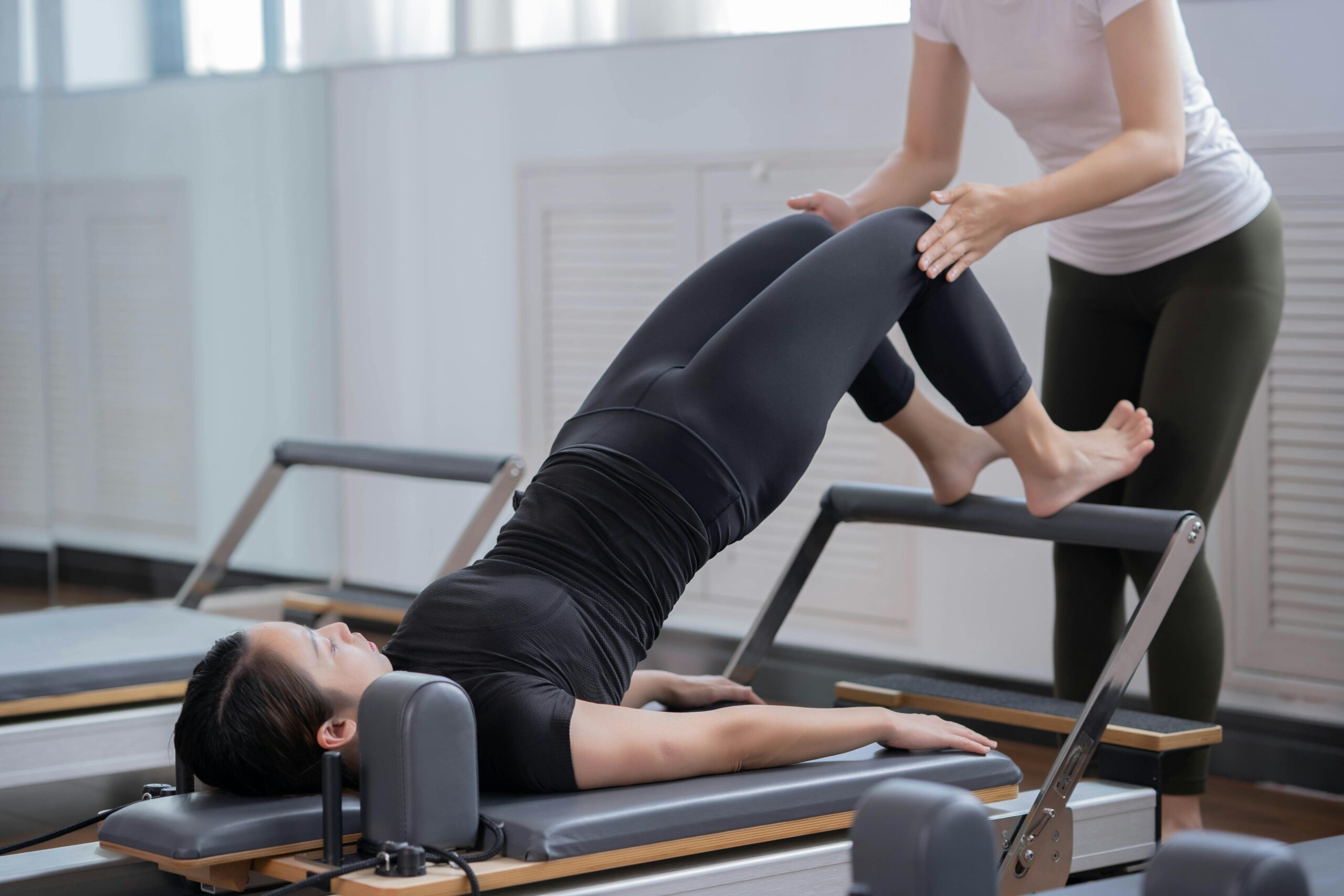The Cadillac Reformer and Romana Kryzanowska: A Legacy of Pilates Innovation
In the world of Pilates, the Cadillac Reformer stands as a versatile and iconic apparatus, renowned for its adaptability and effectiveness in enhancing strength, flexibility, and rehabilitation. Central to its legacy is Romana Kryzanowska, a protégée of Joseph Pilates, who played a pivotal role in preserving and evolving the Cadillac’s classical techniques. This article explores the synergy between the Cadillac Reformer and Romana’s teachings, delving into its design, functional benefits, and enduring relevance in modern fitness. Whether you’re a Pilates enthusiast or a professional trainer, understanding this equipment’s history and applications offers valuable insights into optimizing workouts and honoring the method’s roots. Join us as we unpack how Romana’s influence shaped the Cadillac into a cornerstone of holistic movement practice.
The Origins of the Cadillac Reformer
Originally designed by Joseph Pilates in the early 20th century, the Cadillac—often called the “Trapeze Table”—was created to aid bedridden patients in rehabilitation. Its modular frame, springs, and bars allowed for hundreds of exercises targeting core stability, spinal alignment, and muscular balance. Unlike traditional reformers, the Cadillac’s open design accommodates a wider range of motion, making it ideal for both beginners and advanced practitioners. Romana Kryzanowska, who trained directly under Pilates, later refined its use, emphasizing fluidity and precision. Her work ensured the apparatus remained integral to classical Pilates, bridging therapeutic and athletic applications.
Romana Kryzanowska’s Pedagogical Influence
Romana’s teachings transformed the Cadillac from a rehabilitation tool into a comprehensive fitness system. She prioritized contrology—Pilates’ original term for his method—focusing on mindful movement, breath synchronization, and spinal articulation. By integrating classical sequences like the “Push-Through” and “Teaser,” she demonstrated how the Cadillac’s springs and bars could challenge stability while minimizing joint strain. Romana also mentored generations of instructors, ensuring her techniques were passed down authentically. Her approach highlights the Cadillac’s dual role: correcting imbalances and advancing athletic performance through progressive overload.
Anatomy of the Cadillac: Key Components and Adaptability
The Cadillac’s structure includes:
- Push-Through Bar: Enhances upper-body strength and shoulder mobility.
- Leg Springs: Isolate lower-body muscles while supporting hip and knee alignment.
- Trapeze: Facilitates spinal decompression and dynamic stretches.
- Roll-Down Bar: Improves core engagement and spinal articulation.
This modularity allows trainers to customize workouts for prenatal clients, athletes, or those recovering from injuries. Romana’s modifications, such as adjusting spring tension for resistance variations, further underscore its adaptability.
Modern Applications and Benefits
Today, the Cadillac remains a staple in studios worldwide due to its unparalleled versatility. Key benefits include:
- Rehabilitation: Low-impact exercises aid post-surgical recovery and chronic pain management.
- Strength Building: Spring resistance challenges muscles without heavy weights.
- Flexibility: Dynamic stretches improve range of motion and posture.
Contemporary instructors often blend Romana’s classical cues with modern biomechanics, ensuring the Cadillac stays relevant in evolving fitness landscapes.
Conclusion: The Timeless Synergy of Tradition and Innovation
From its origins in Joseph Pilates’ rehabilitation work to Romana Kryzanowska’s pedagogical refinements, the Cadillac Reformer embodies a unique fusion of tradition and adaptability. Its design supports diverse populations, while Romana’s emphasis on precision ensures every movement delivers transformative results. As Pilates continues to evolve, the Cadillac remains a testament to the method’s foundational principles—control, alignment, and holistic well-being. Whether used for recovery or advanced conditioning, this apparatus, paired with Romana’s teachings, offers a timeless pathway to achieving physical and mental balance. In embracing both its history and modern applications, practitioners honor a legacy that transcends fitness trends.
